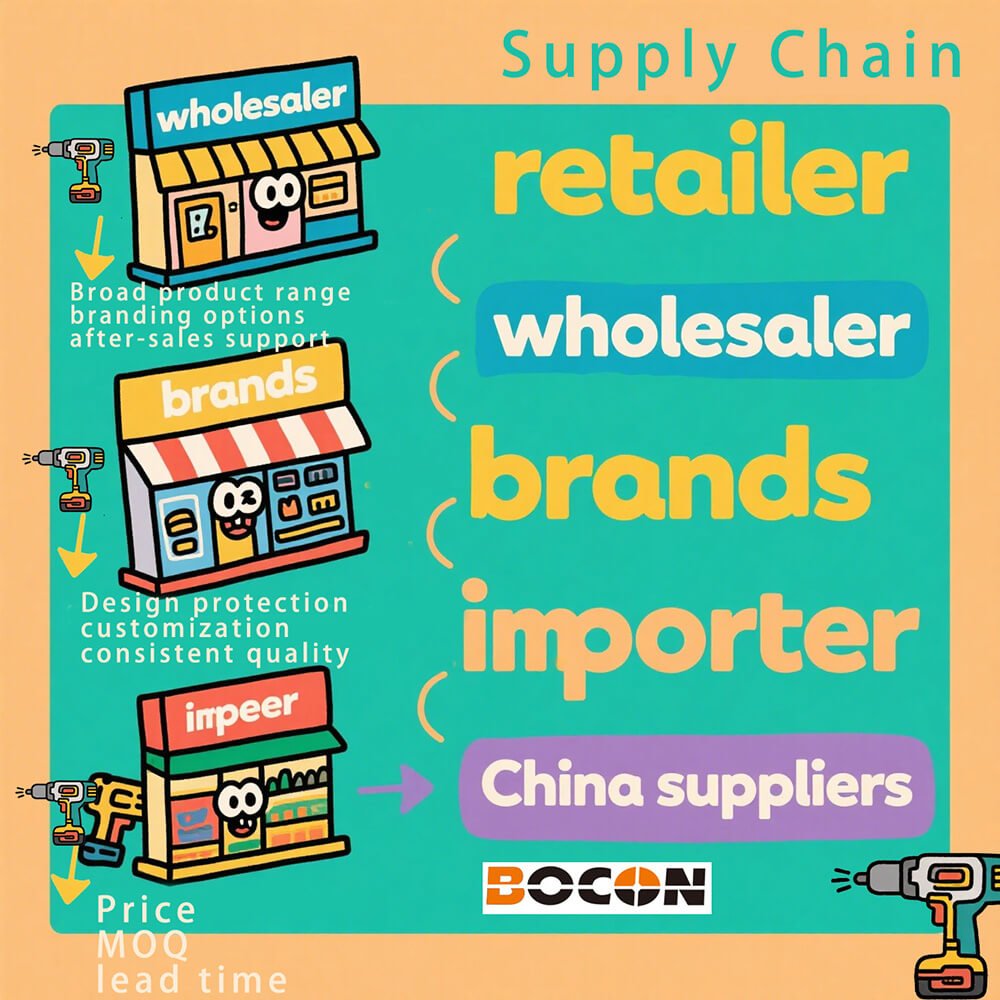Introduction: Why Choosing the Right Manufacturer Matters
When it comes to battery-powered tools, your manufacturer isn’t just a supplier — they’re the foundation of your brand’s reputation. For professional purchasers importing cordless tools from China, selecting the right OEM partner can make or break your long-term business strategy.
In this article, based on insights from a lithium-ion power tools factory with nearly two decades of manufacturing experience, we’ll guide you through everything you need to know: from evaluating different buyer needs, to checking key components and assessing factory quality — giving you a clear advantage in sourcing the right partner.
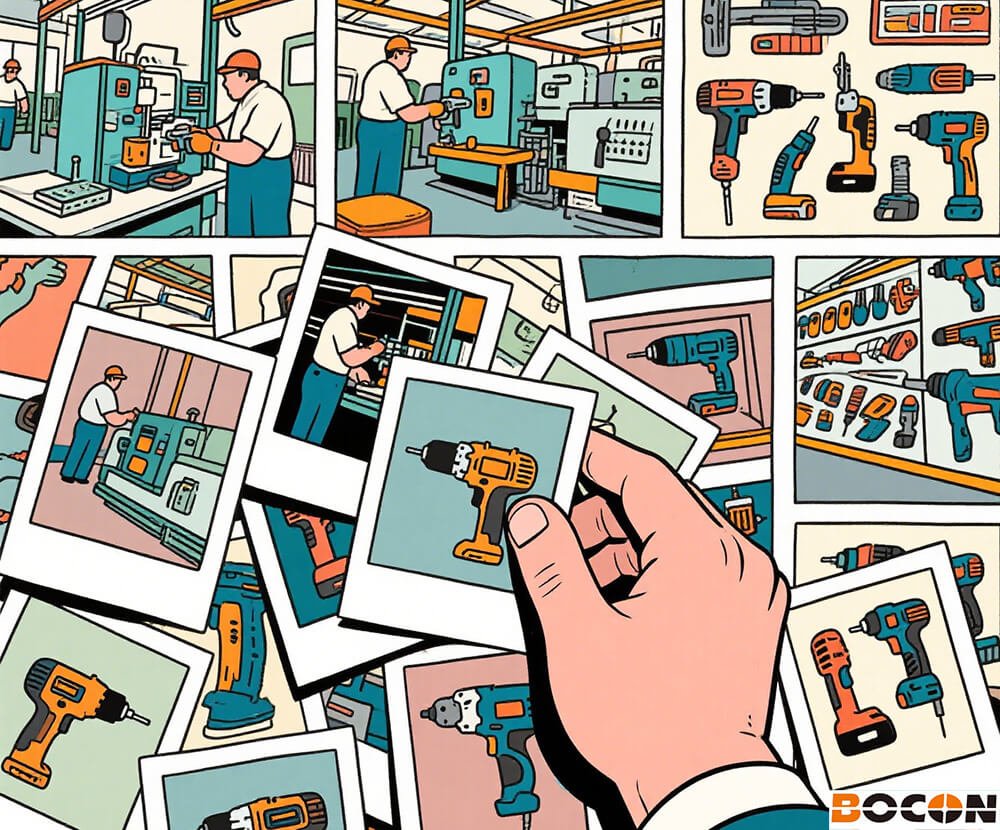
1. What Different Buyers in the Supply Chain Really Care About
1.1 Understanding Buyer Roles: Importers, Brands, Wholesalers & Distributors
Each role in the power tool supply chain has different goals:
- Importers seek efficiency and price performance.
- Brands demand product control, quality, and IP protection.
- Distributors focus on availability, SKUs, and after-sales support.
1.2 Key Concerns by Buyer Type
| Buyer Type | Main Concerns |
|---|---|
| Importers | Price, MOQ, lead time, shipping flexibility |
| Brands | Design protection, customization, consistent quality |
| Distributors | Broad product range, branding options, after-sales support |
1.3 What Type of Manufacturer Each Buyer Prefers
- Importers → Large-volume OEM factories
- Brands → Factories with R&D, mold design, and IP safeguards
- Distributors → Factories offering versatile product lines and packaging services
OEM vs ODM: Sourcing manufacturers on Alibaba
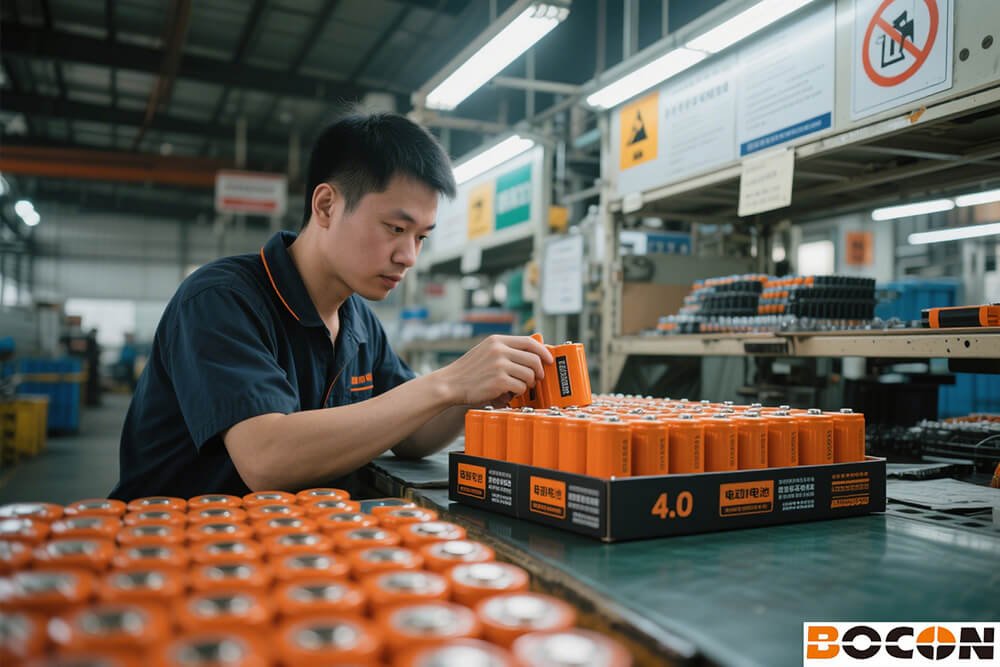
2. Core Components of Battery Electric Power Tools You Must Inspect
2.1 Battery Packs
- Use of Grade A lithium-ion cells (e.g., Samsung, LG)
- Built-in BMS for safety (overload, short circuit protection)
- Heat-resistant and shockproof battery casing
2.2 Motors
- Brushed for budget tools; brushless for pro-grade tools
- Look for balanced rotors, copper windings, and thermal resistance testing
2.3 Gearbox & Transmission
- CNC-machined gears, durable alloys, and sealed lubrication = long lifespan
- Smooth torque output enhances user comfort and tool precision
2.4 PCBA (Control Boards)
- Clean assembly, safety logic, speed control functions
- Automated testing for reliability and accuracy
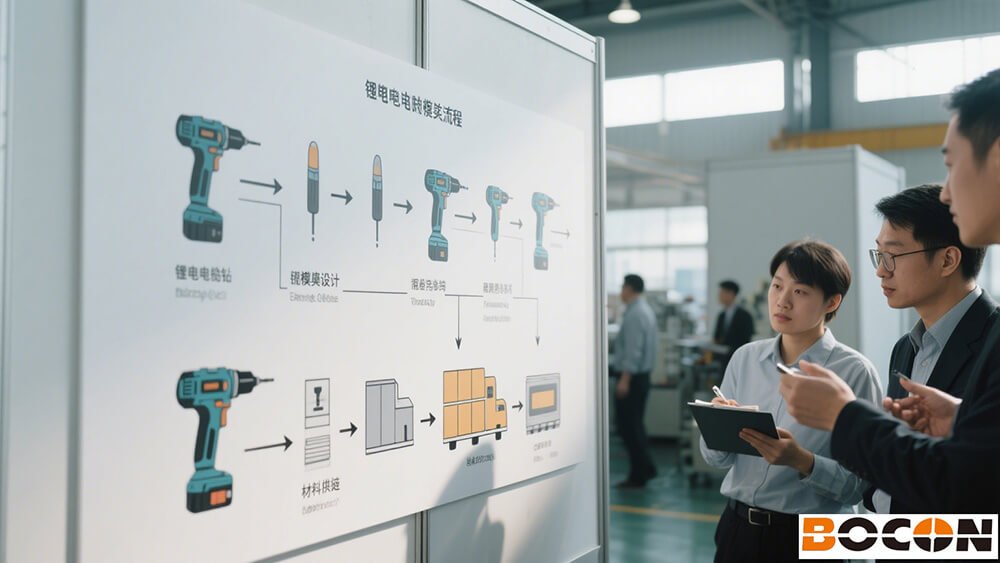
3. Manufacturing Quality Control Points That Set the Best Apart
3.1 Incoming Materials Inspection
A top-tier factory inspects every key component — batteries, motors, housings — before assembly starts.
3.2 In-Process QC
Inline testing ensures motor torque, circuit logic, and housing fitment are correct before final assembly.
3.3 End-of-Line Testing
- Torque and RPM checks
- Vibration, noise, and safety function testing under simulated load
3.4 Certification & Compliance
Look for CE, UL, RoHS, ETL, and UN38.3 documents. These prove safety, environmental, and transport standards are met.
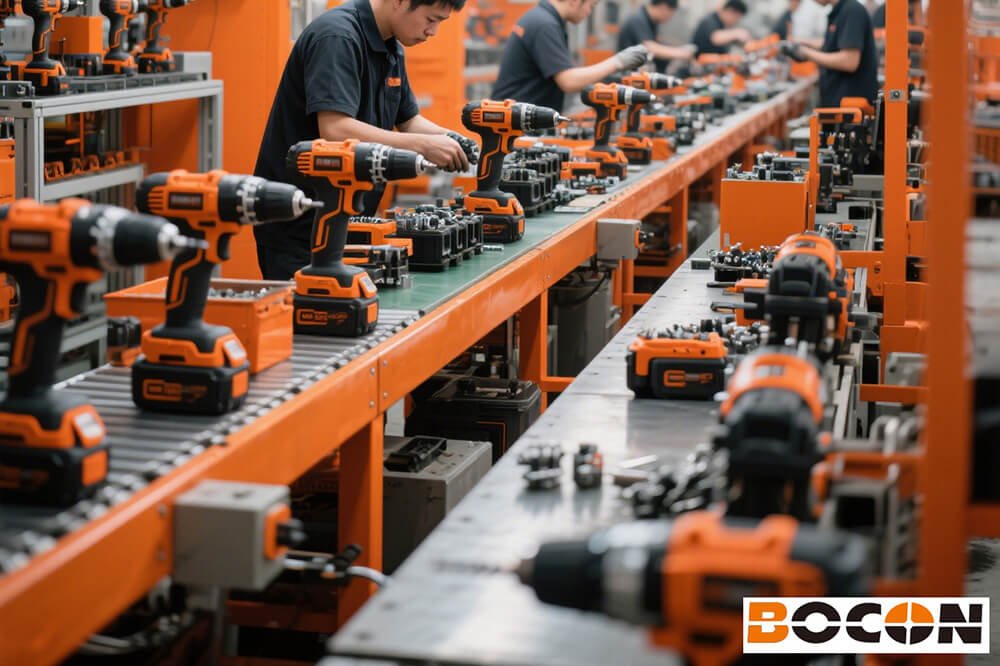
4. What Makes a “Good” Chinese Power Tools Manufacturer — From the Inside
4.1 Long-Term Experience with Global Brands
Factories that support large international brands often have:
- Deeper process control
- Mature QA systems
- Audit-ready facilities
4.2 Internal R&D and Mold Design
Custom tooling means:
- Product exclusivity
- Faster turnaround
- IP protection
4.3 Stable Material Supply Chain
Factories with stable sourcing from Tier 1 component suppliers are better equipped to deliver consistent quality.
4.4 Transparent Communication
Look for:
- English-speaking account managers
- Production updates with photos/videos
- Clear SOPs and responsive support
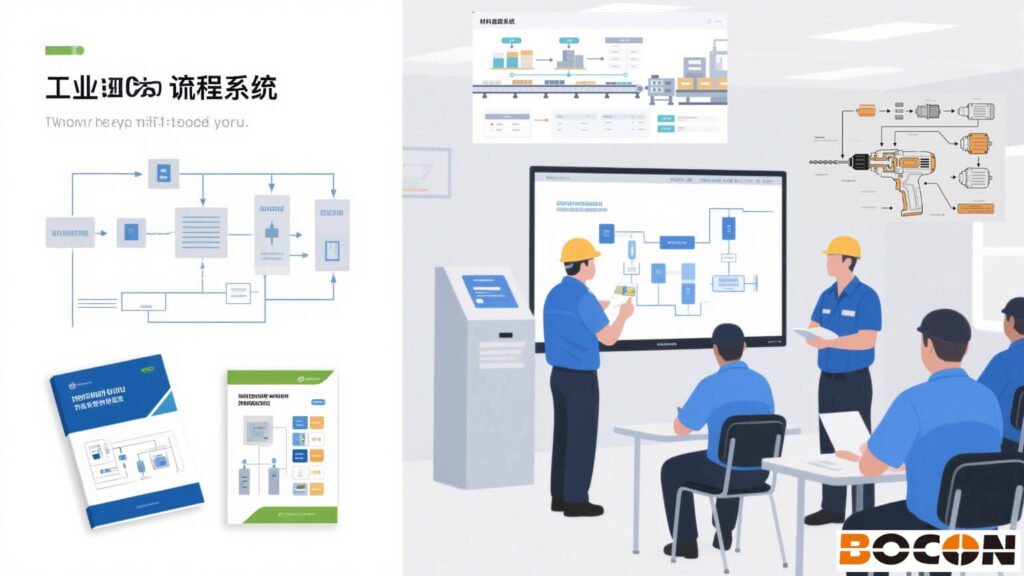
5. Insider Tips for Visiting or Auditing a Factory in China
5.1 What to Look For
During a factory tour, inspect:
- Assembly line structure
- Real-time testing stations
- Battery pack assembly and molding shops
- Material traceability and worker training systems
5.2 Red Flags to Avoid
Beware of:
- Trading companies posing as factories
- Disorganized production areas
- Lack of test data or material traceability
- No on-site QC records
Conclusion: Partnering with the Right Manufacturer Is Your Competitive Advantage
The difference between a good supplier and a true manufacturing partner is night and day. A factory with deep industry experience, strong engineering, and real QC systems can give your brand a long-term edge in quality, compliance, and market reputation.
As a factory with nearly 20 years of experience producing OEM cordless power tools for global brands, we’ve learned what it takes to build trust — and what clients need to succeed. If you’re looking for a reliable lithium-ion power tools manufacturer in China, we’re here to help.

